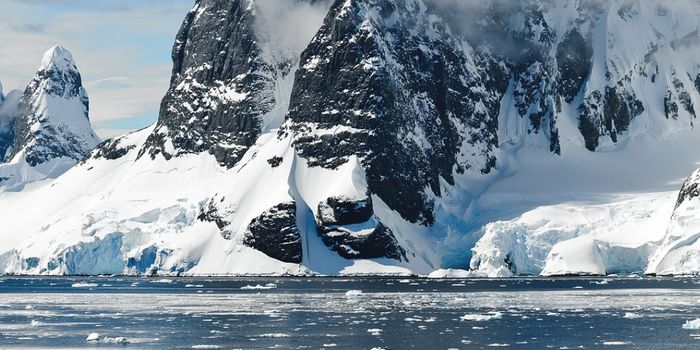Improving our understanding of aerosol nucleation
New research published in Science Advances documents for the first time ever the early processes of aerosol formation. Aerosols, which are suspensions of fine solid particles or liquid droplets in a gas, form in two steps: first by way of a condensation nucleus and then by the condensation of volatile molecules around said nucleus to create a droplet. One easily visualized example of this is the formation of clouds.
Yet, while science understands why aerosols form, until now no one has been able to observe how the volatile components during nucleation in an experimental setting. Nucleation refers to the first step of the aerosol formation process.
"Observations have shown that the volatile components can also influence the nucleation process," says lead researcher Ruth Signorell, who is a Professor at the Department of Chemistry and Applied Biosciences at ETH, "but what was unclear was how this was happening at the molecular level."
To capture those first microseconds of nucleation, Signorell and her team used mass spectrometry to observe the process of nucleation in experiments with gas mixtures containing CO2. Their experiments proved that the volatile components (in their case, CO2) not only accelerated nucleation, but were necessary for it to occur. The researchers explain that the acceleration they documented happens because the volatile components trigger the nucleation of other, less volatile components. “They do this by forming short-lived, heterogeneous molecular aggregates, known as chaperon complexes,” reports Eureka Alert.
Signorell adds that temperature was another factor the team considered in their experiments. “Because temperature determines the volatility of gas components, it also plays a decisive role in these processes," she explains.

This finding enhances the scientific understanding of nucleation in aerosols, information that is useful in producing accurate climate models that take into account cloud formation data. The findings may also be helpful in refining the efficiency of processes that produce aerosols.
Sources: Science Advances, Eureka Alert








